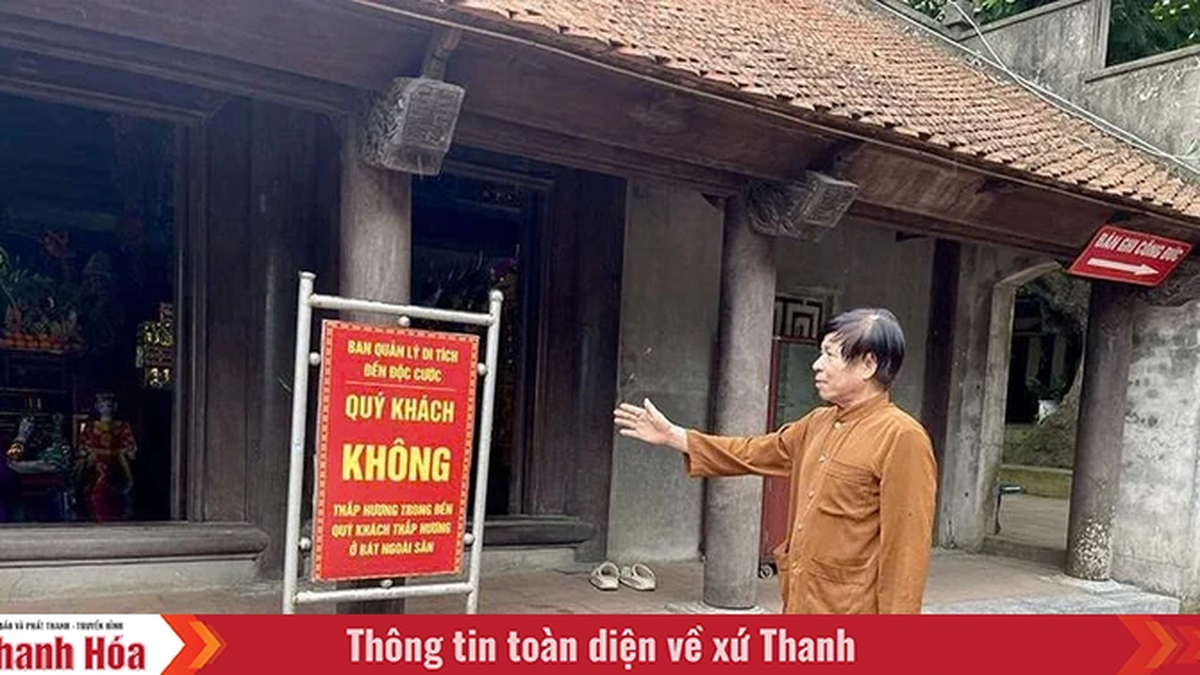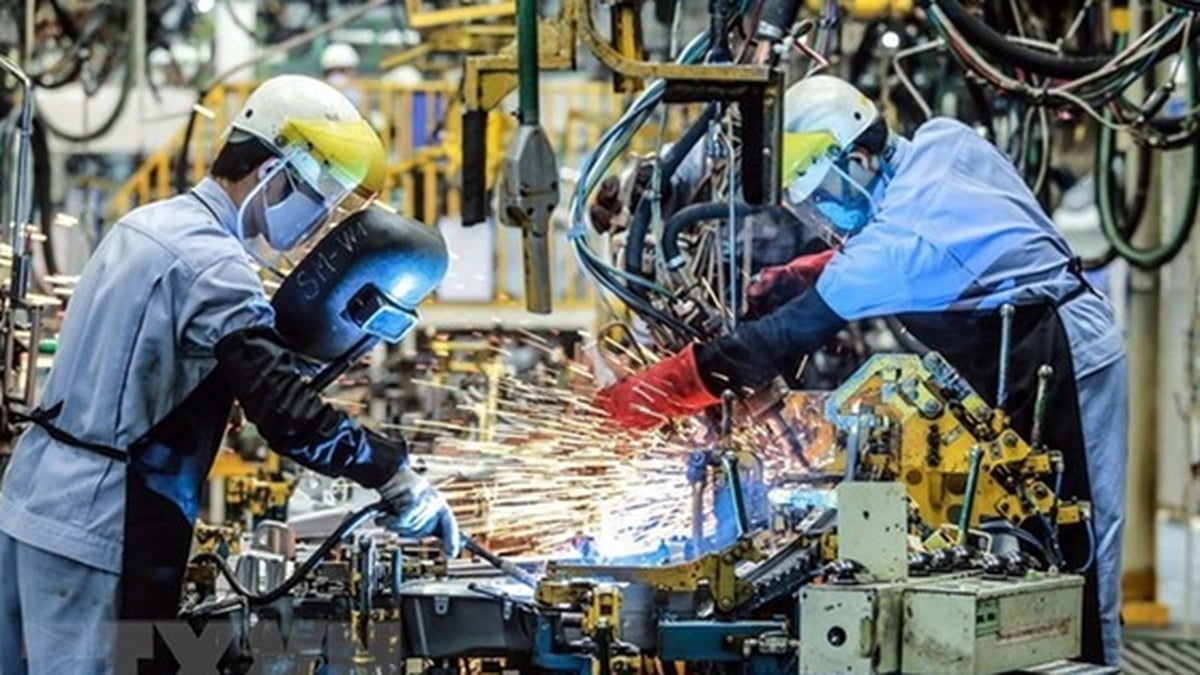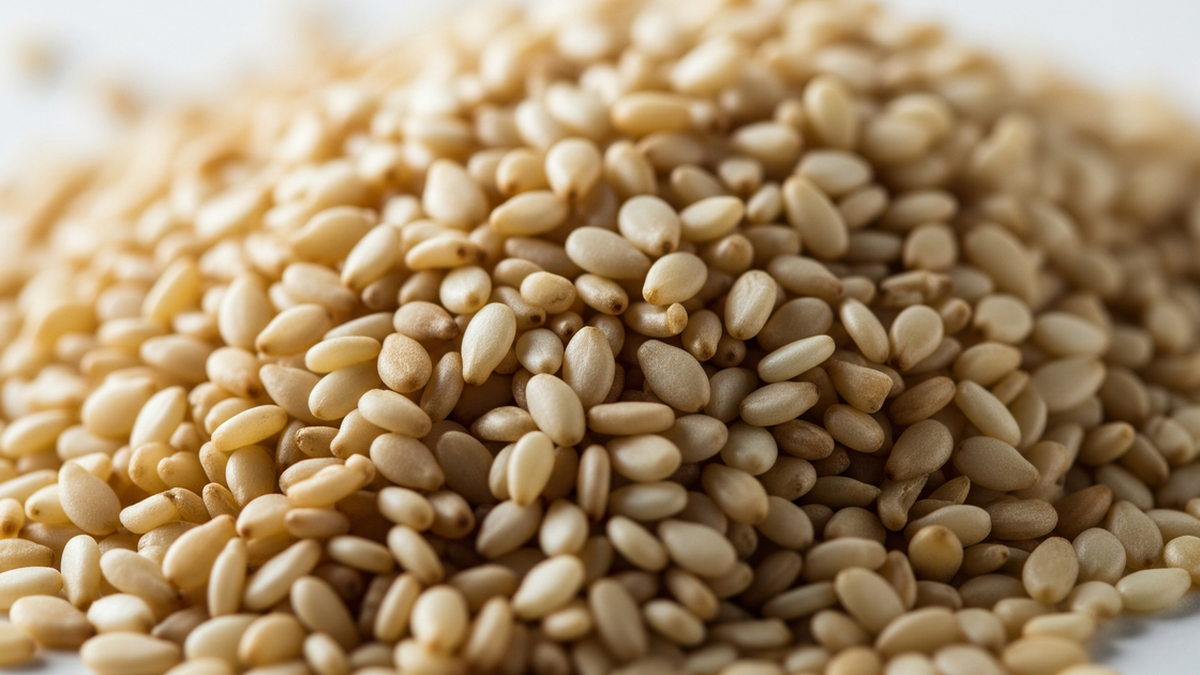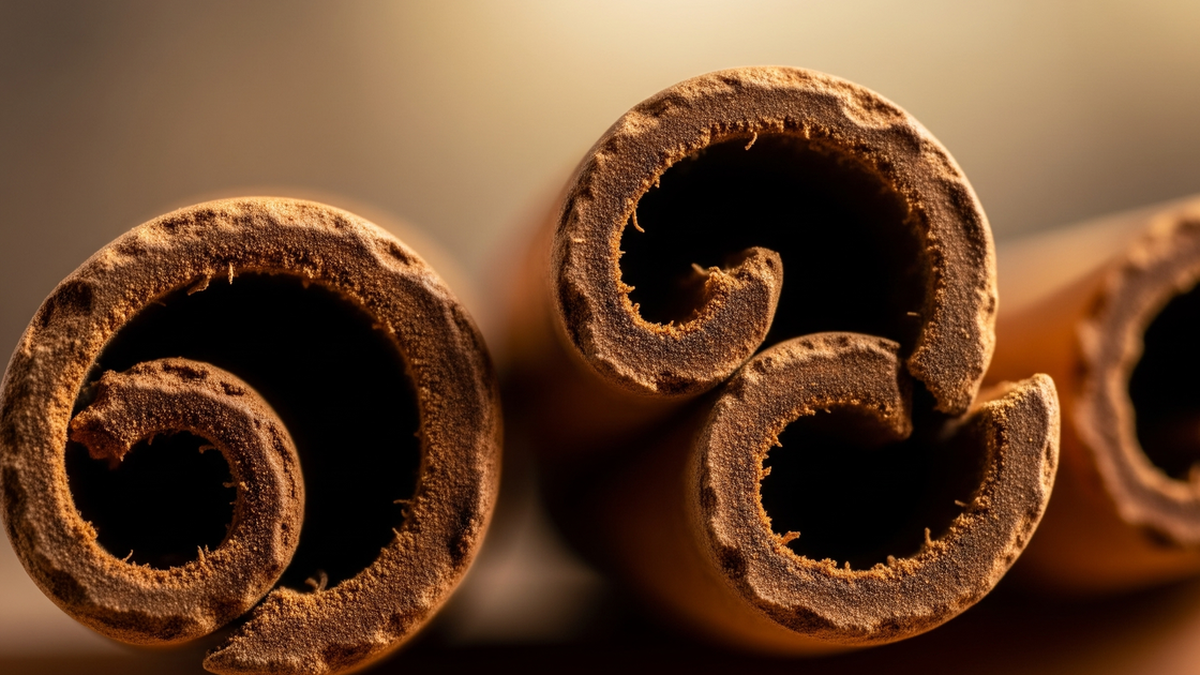Looking back at the current situation and roadmap for eliminating burnt brick production, we acknowledge the positive aspects of the Party's policies and resolutions, the People's Council's policies, the government's management, and the active participation of facility owners and users.

As of July 2013, according to statistics from the Department of Industry and Trade, the province had 21 establishments with 42 kilns producing fired clay bricks. Concentrated in 03 districts: Cang Long 16 establishments, 30 kilns, all are vertical circular kilns; Cau Ke 04 establishments, 10 kilns, including 09 vertical circular kilns and 01 continuous kiln; Chau Thanh 01 establishment with 02 hoffman kilns (continuous vertical kilns and circular kilns).
With 42 kilns, the province's total brick production output was about 30,520,000 bricks/year, with a production value of more than 7 billion VND (at 1994 fixed prices), accounting for 0.17% of the industry's total industrial production value at that time.
With the above situation, there are 2 issues of concern: exploiting clay resources to make bricks and environmental pollution due to smoke emissions from brick production. According to the assessment of the Department of Natural Resources and Environment, brick production using vertical kiln technology, hoffman kiln will consume 180 - 220kg of coal and 1.8 - 2.2m3 of clay/1,000 standard bricks. At the same time, if brick production using tunnel kiln technology, the average consumption is 120 - 150kg of coal and 1.2 - 1.5m3 of clay/1,000 standard bricks. Therefore, if calculated on the same product unit, the amount of waste polluting the environment from manual brick kilns, vertical kilns, hoffman kilns is about 1.5 times larger than that of tunnel brick factories.
When the brick kilns are operating, it is easy to see “black columns of smoke”, towering, emitting smoke into the sky, the air here is thick with the smell of burnt bricks, along with rice husk ash, coal dust... When the brick kilns are operating, people's clothes and household items will be covered with a thick layer of dust under the wind; around the area where the brick kilns are operating, the trees are barren, leafless, covered with dust. Every year, the brick kilns use thousands of tons of rice husks, emitting a large amount of CO2 , causing the greenhouse effect, climate change and other toxic emissions that pollute the environment... especially in residential areas.
Remember, before 2013, on average, each year, the area of agricultural land that was "degraded" due to the exploitation of clay layers to make raw materials for brick production in the province was very large; the most was in some communes of Chau Thanh district: Song Loc, Luong Hoa... Some farmers sold clay to brick-making facility owners, causing many consecutive rice crop failures. At that time, many farmers were also punished, in the form of administrative penalties, for exploiting resources and minerals without permission. On the other hand, it led to larger consequences, destroying vegetation, creating low-lying areas, affecting the irrigation process and narrowing the area of production land.

In 2013, people in Song Loc commune, Chau Thanh district exploited clay to make bricks. This is one of the reasons for the decrease in rice acreage.
It is estimated that to produce 1 billion standard-sized fired clay bricks, it will consume about 1.5 million cubic meters of clay, equivalent to 75 hectares of agricultural land and 150,000 tons of coal, and emit about 0.57 million tons of CO2 and other toxic emissions into the environment, polluting the environment and also one of the causes of the greenhouse effect, threatening the earth and climate change.
From that reality, the elimination of manual brick kilns, moving towards brick production using modern, environmentally friendly methods is an inevitable development trend and also a matter of concern for brick kiln owners and workers in the province at that time. Because, with 42 brick kilns, solving nearly 400 jobs; therefore, from brick kiln owners to kiln workers, everyone is concerned if when eliminating the profession, although identifying the limitations and negatives of manual brick kilns, they are still eager.
Environmental protection and the elimination of brick kilns is the policy of the Government and the Prime Minister, aiming for Vietnam and the world to fulfill the commitment to bring net emissions to "0". From there, the Provincial Party Committee, the Provincial People's Council, and the Provincial People's Committee directed to focus on technology conversion to reduce environmental pollution, ensuring the roadmap directed by the Government. On April 28, 2010, the Prime Minister issued Decision No. 567/QD-TTg "on approving the program for developing non-fired construction materials until 2020". Accordingly, the Provincial People's Committee, departments and branches of the province have many documents directing implementation; notably, on December 9, 2015, the 8th Provincial People's Council issued Resolution No. 20/2015/NQ-HDND "on approving the policy to support investment in developing the production of non-fired construction materials and ending the production of clay bricks using manual kilns in the province".
On November 23, 2016, the Provincial People's Committee issued Decision No. 47/2016/QD-UBND on promulgating regulations on policies to support investment in developing the production of unburnt building materials and ending the production of clay bricks using manual kilns in the province. After nearly 10 years of implementing the roadmap for converting from burning bricks to unburnt bricks, as well as the regulations of the Prime Minister, Tra Vinh has achieved and exceeded the set progress in both unburnt building materials and ending the operation of brick kilns.
Article and photos: TRUONG NGUYEN
Source




















































![[Maritime News] More than 80% of global container shipping capacity is in the hands of MSC and major shipping alliances](https://vphoto.vietnam.vn/thumb/402x226/vietnam/resource/IMAGE/2025/7/16/6b4d586c984b4cbf8c5680352b9eaeb0)












































Comment (0)